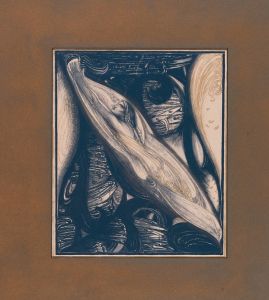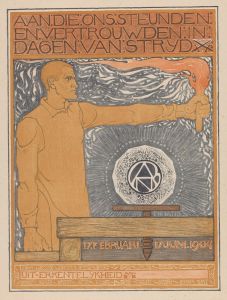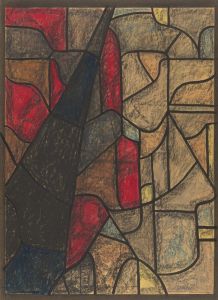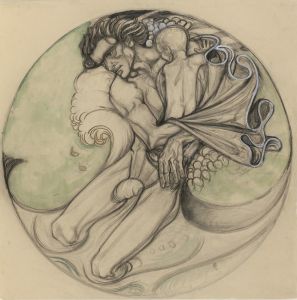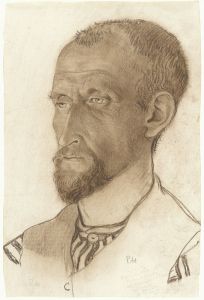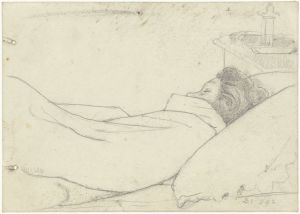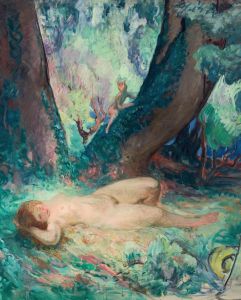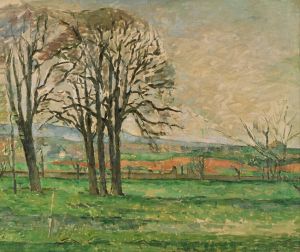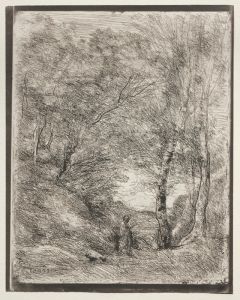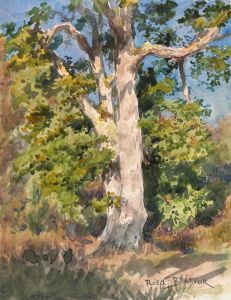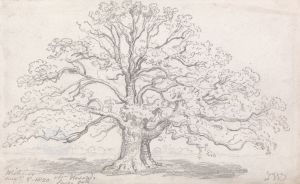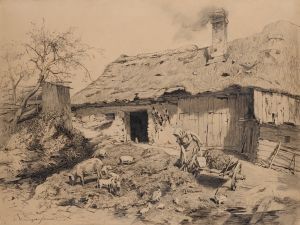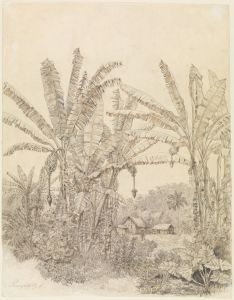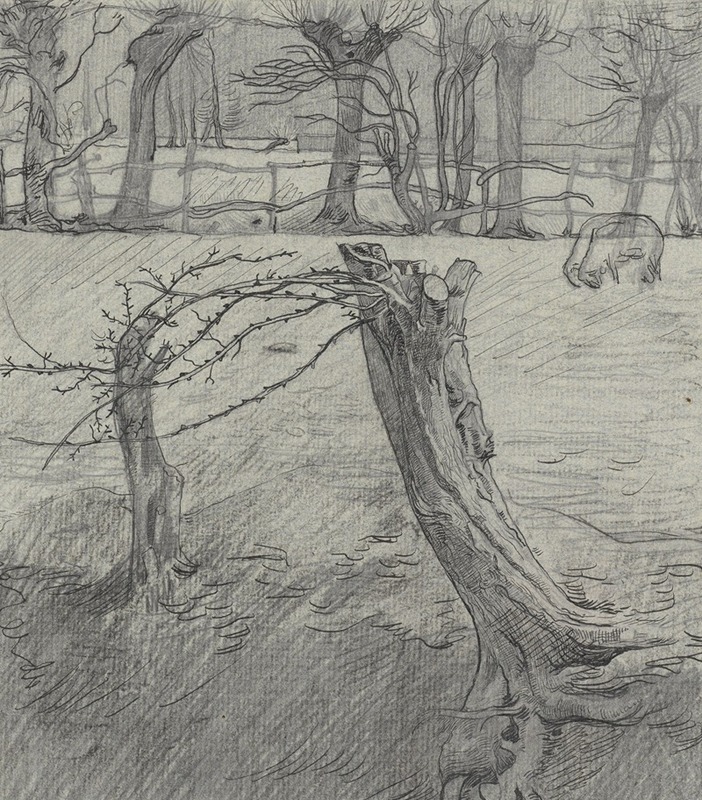
Weidelandschap met wilgen
A hand-painted replica of Richard Nicolaüs Roland Holst’s masterpiece Weidelandschap met wilgen, meticulously crafted by professional artists to capture the true essence of the original. Each piece is created with museum-quality canvas and rare mineral pigments, carefully painted by experienced artists with delicate brushstrokes and rich, layered colors to perfectly recreate the texture of the original artwork. Unlike machine-printed reproductions, this hand-painted version brings the painting to life, infused with the artist’s emotions and skill in every stroke. Whether for personal collection or home decoration, it instantly elevates the artistic atmosphere of any space.
Richard Nicolaüs Roland Holst was a prominent Dutch artist known for his contributions to the Symbolist movement in the Netherlands. Born on December 4, 1868, in Amsterdam, he became a significant figure in the Dutch art scene during the late 19th and early 20th centuries. Roland Holst was not only a painter but also a writer and a teacher, influencing many through his diverse artistic endeavors.
One of his notable works is "Weidelandschap met wilgen," which translates to "Pastoral Landscape with Willows." This painting exemplifies Roland Holst's ability to capture the serene beauty of the Dutch countryside, a theme that resonates with the pastoral tradition in European art. The painting features a tranquil landscape dominated by willow trees, a common sight in the Netherlands, which are often associated with the country's rural and agricultural heritage.
Roland Holst's style in "Weidelandschap met wilgen" reflects his Symbolist leanings, characterized by a focus on mood and atmosphere rather than detailed realism. The use of color and light in the painting creates a harmonious and contemplative scene, inviting viewers to reflect on the natural beauty and tranquility of the landscape. This approach aligns with the Symbolist movement's emphasis on evoking emotions and exploring the spiritual and mystical aspects of the world.
Throughout his career, Roland Holst was deeply influenced by the social and political changes of his time. He was an advocate for social justice and often incorporated themes of social consciousness into his work. Although "Weidelandschap met wilgen" primarily depicts a natural scene, it can also be seen as a reflection of Roland Holst's broader concerns with the relationship between humanity and nature, a recurring theme in his oeuvre.
In addition to his painting, Roland Holst was a respected teacher at the Rijksakademie van Beeldende Kunsten in Amsterdam, where he mentored a new generation of artists. His influence extended beyond his own work, as he played a crucial role in shaping the artistic landscape of the Netherlands during his lifetime.
Roland Holst's contributions to Dutch art were recognized during his lifetime, and he received numerous accolades for his work. His paintings, including "Weidelandschap met wilgen," continue to be appreciated for their artistic merit and their ability to convey the serene beauty of the Dutch landscape. Today, his works are held in various collections, both in the Netherlands and internationally, ensuring that his legacy endures.
In summary, "Weidelandschap met wilgen" is a testament to Richard Nicolaüs Roland Holst's skill as a painter and his ability to capture the essence of the Dutch countryside. Through his use of color, light, and composition, Roland Holst created a work that not only depicts a pastoral scene but also invites viewers to contemplate the deeper connections between nature and humanity. His contributions to the Symbolist movement and his influence as a teacher have left a lasting impact on the world of art.





